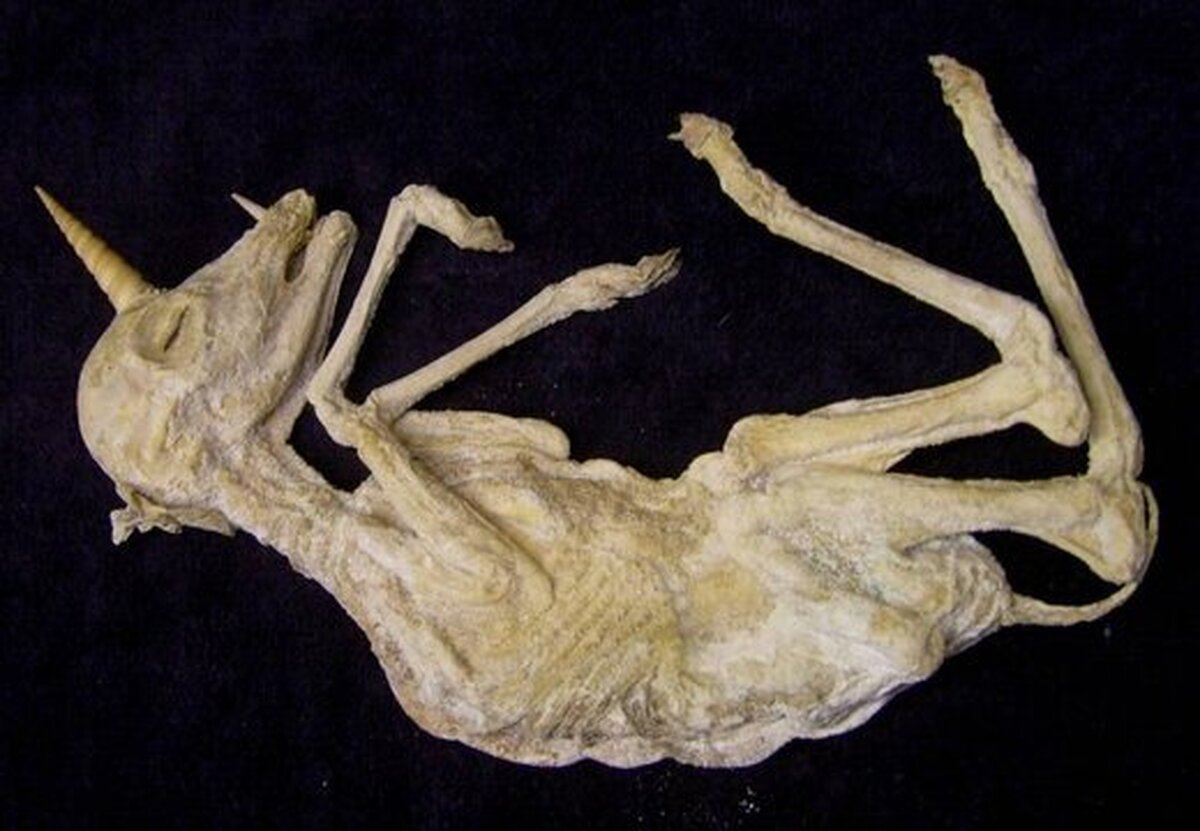First-Order Fossil Unearthed in the Scottish Highlands—A Window Into Deep Time

The rugged beauty of the Scottish Highlands has long inspired tales of myth and legend, but now it has revealed something just as extraordinary—an ancient secret locked in stone. Archaeologists and paleontologists working in a remote corner of the Highlands have uncovered what they describe as a “first-order fossil,” a term reserved for discoveries of exceptional scientific importance. Unlike fragmentary remains or partial impressions, a first-order fossil is preserved in such pristine condition that it offers unparalleled evidence of life from millions of years ago.

The fossil was concealed for eons beneath layers of rock shaped by glaciers, rivers, and time itself. Its remarkable state of preservation means it can shed light not only on the anatomy of a long-extinct species, but also on the ecosystem it once inhabited. Such finds are rare, and each one has the power to reshape scientific understanding of prehistoric evolution and the geological history of the land where it was found.
The Highlands may seem an unlikely place for such a revelation, but in fact, Scotland holds a rich paleontological record. From the Devonian fish famously discovered near Caithness to Jurassic fossils uncovered on the Isle of Skye, the region has provided clues to nearly every chapter of Earth’s history. This new fossil adds a vital piece to that puzzle, offering evidence of how ancient species lived, adapted, and thrived in climates vastly different from today.

What makes this discovery so valuable is its context. Fossils of such significance are not simply bones or shells; they are snapshots of ancient ecosystems. Tiny details—such as growth rings, mineral patterns, or even traces of soft tissue—can reveal what these creatures ate, how they moved, and how they interacted with their environment. In turn, these insights help scientists reconstruct entire food webs, track evolutionary transitions, and understand how species responded to changes in climate and geography.
The geological history of the Scottish Highlands adds another layer of intrigue. Once part of ancient supercontinents and shaped by powerful tectonic forces, the land has witnessed volcanic eruptions, glaciations, and shifting seas. A first-order fossil preserved here provides direct evidence of life that endured these dramatic changes, serving as a bridge between Scotland’s ancient natural history and the landscapes we know today.

Beyond its scientific value, the discovery resonates with cultural meaning. Just as standing stones and castles connect us to human history, fossils connect us to a much deeper past—a time when Scotland was home to creatures we can scarcely imagine. This fossil is a reminder that the Highlands hold not just myths of giants and monsters, but also the very real remains of prehistoric life, preserved by nature itself.
The first-order fossil unearthed in the Highlands underscores a profound truth: even in the most remote and rugged places, the Earth still hides stories waiting to be told. As researchers study this specimen in detail, it may yet transform our understanding of both prehistoric Scotland and the evolution of life on Earth itself.
#FossilDiscovery #ScottishHistory #Paleontology #AncientLife #HighlandMystery











